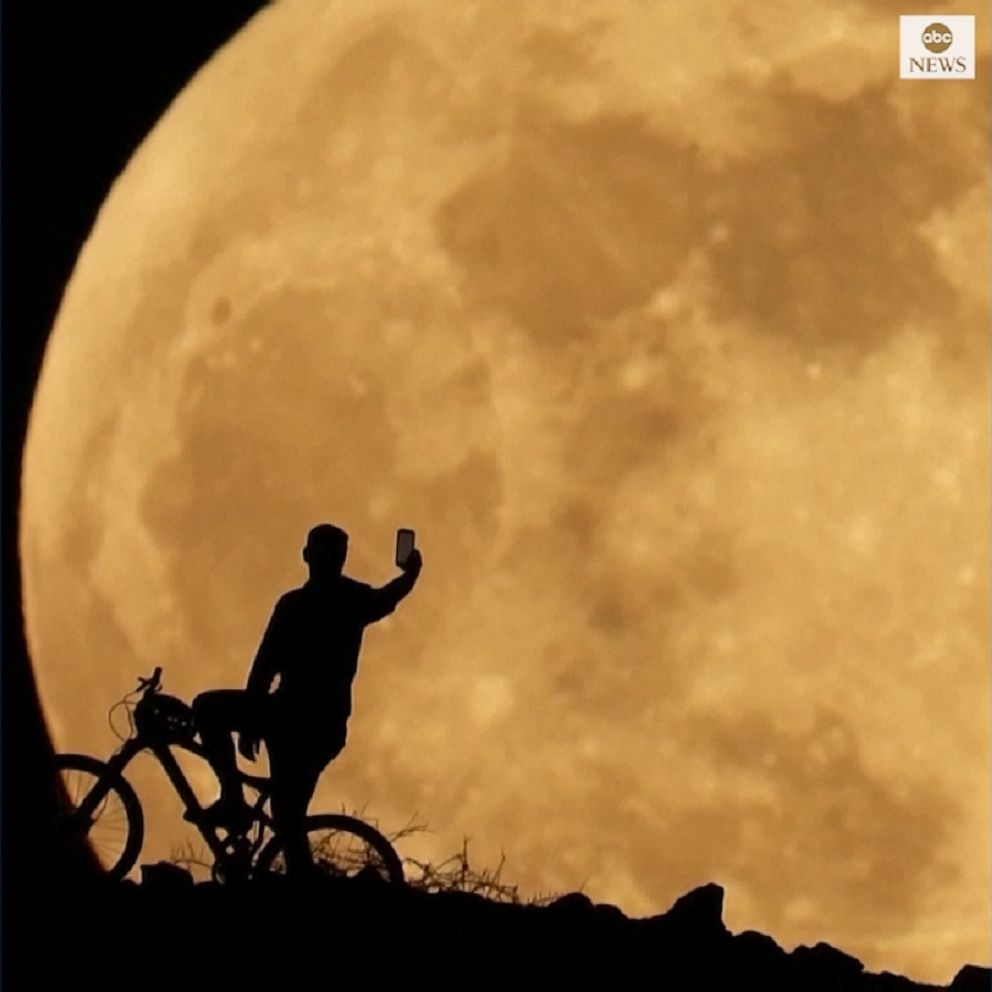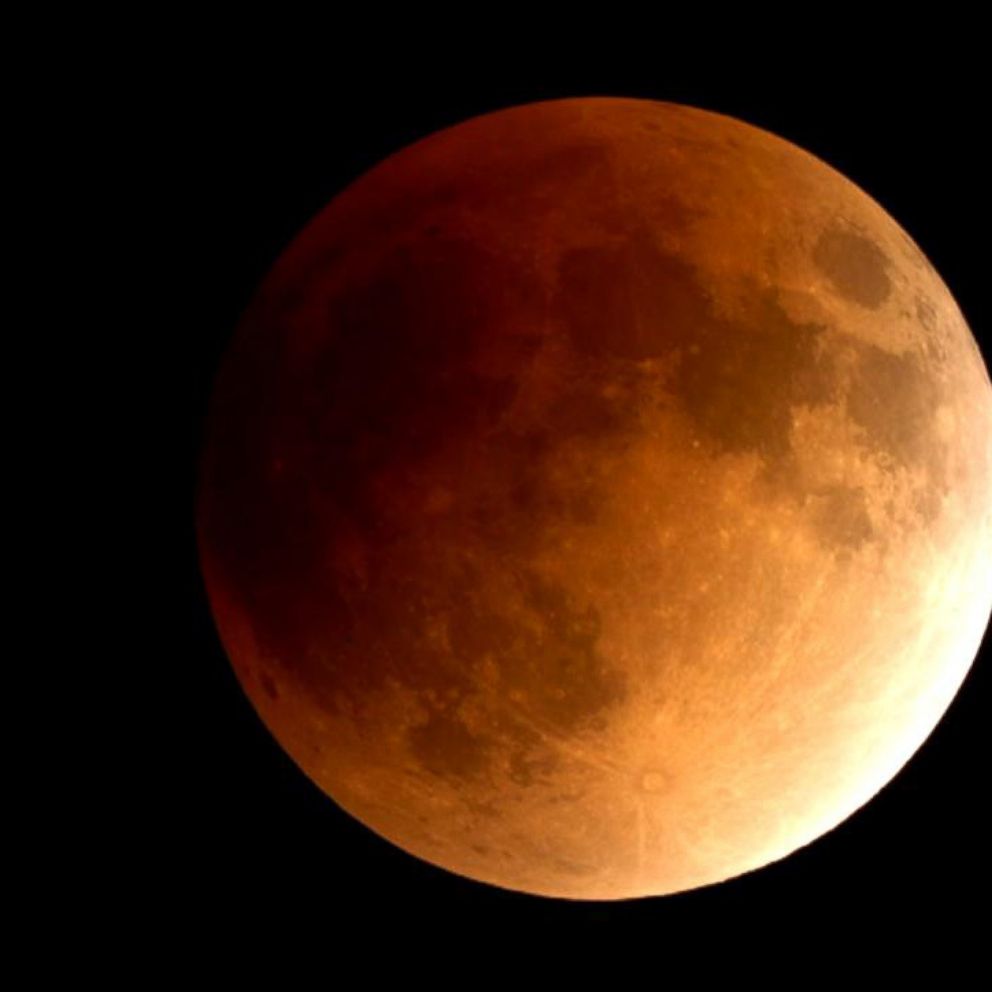A rare blue supermoon, a type of full moon, is set to appear at the end of August.
The moon will be especially big and bright and rise above the Earth's horizon at around 222,000 miles away on the night of Aug. 30, according to NASA. The moon will be a supermoon, or a moon that appears to reach its perigee, the point where it is closest to the center of Earth.
The next blue supermoon is expected to occur January 2037, which is what makes this one rare.
What is a blue moon?
A blue moon refers to the second time a full moon appears during the same month, according to NASA.
What is a supermoon?
When a moon is at or near the closest point in its orbit, it's referred to as a supermoon.
When was the last blue moon?
The last time a blue moon was visible was in August 2021. Blue moons, according to NASA, typically appear every two to three years.


This past month has been especially exciting for lunar watchers as another rare moon filled the night sky on Aug. 1.
The spectacle began with a full supermoon rising in the southeast with an orbit closer than normal to Earth, about 222,159 miles away, according to the Associated Press.


As NASA explains it, a supermoon is brighter and larger than a typical full moon. On average, the closest point of the moon or perigee is about 226,000 miles away from Earth.

The previous full moon, which some considered a supermoon, occurred on July 3, NASA reported. It was known as a Buck Moon, a name from the Algonquin tribes, but some also referred to it as a Thunder Moon, a reference to the thunderstorms that often develop in the summer.
The next supermoon of 2023 is expected to appear in September.







